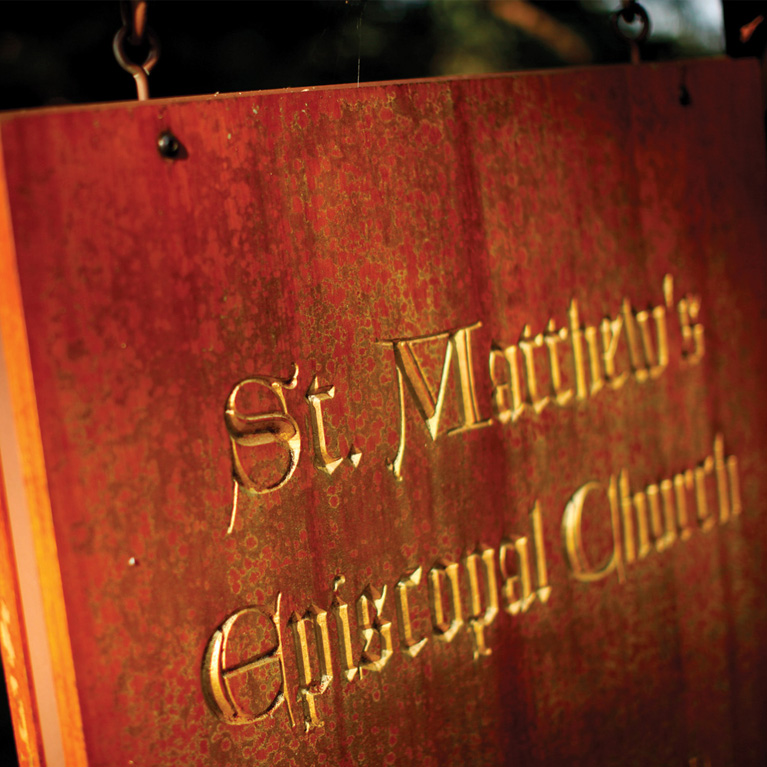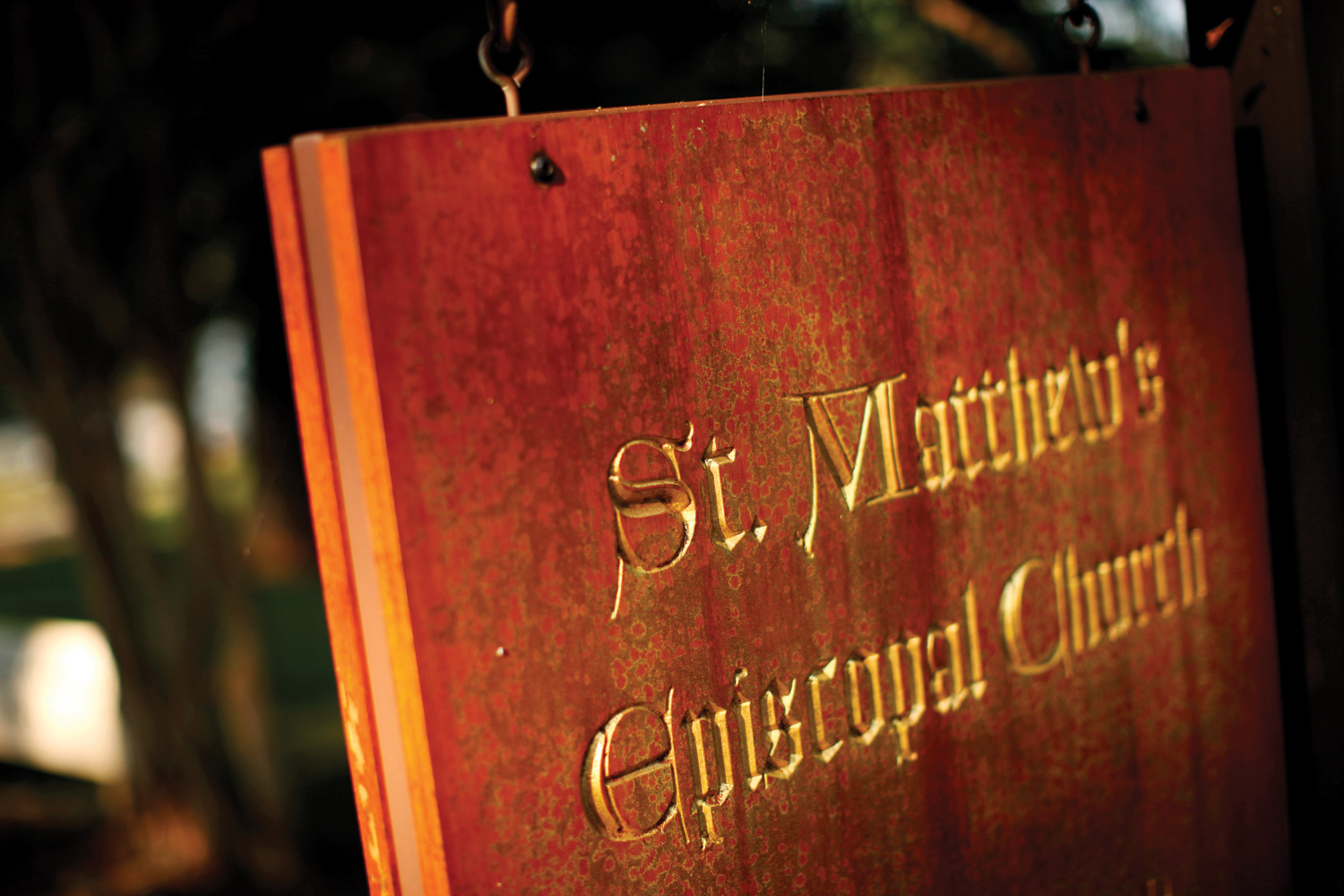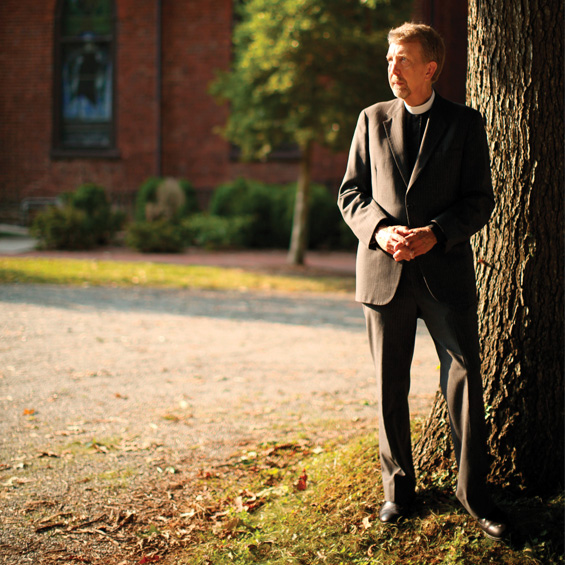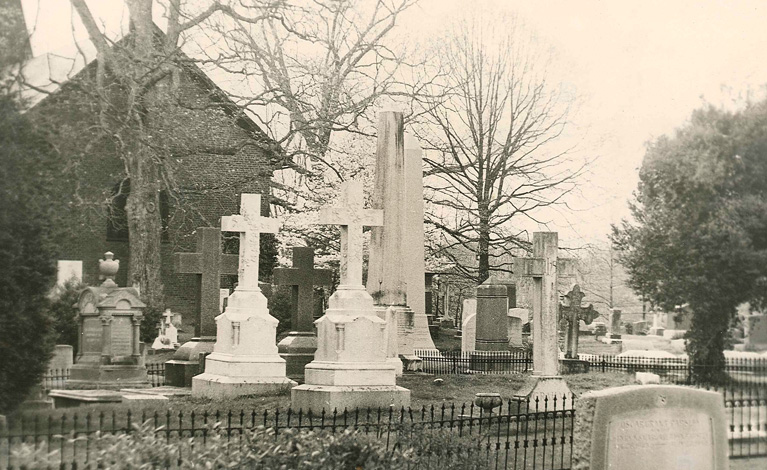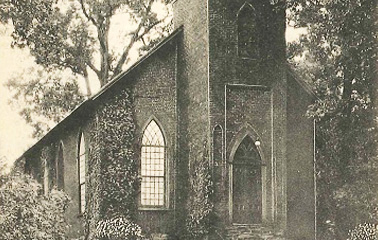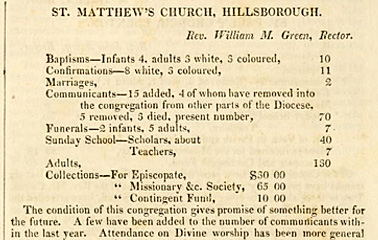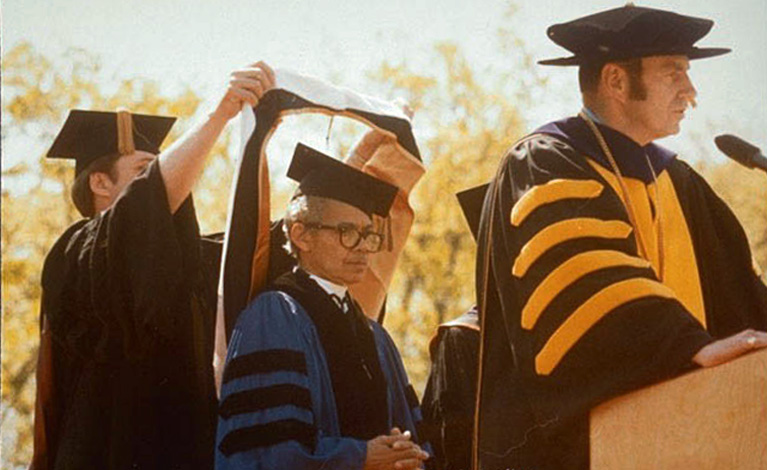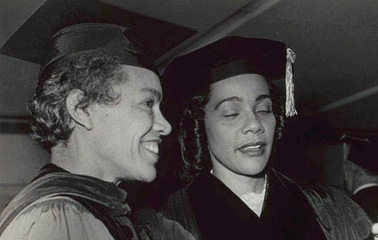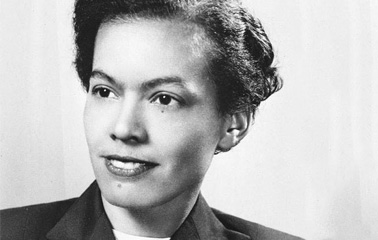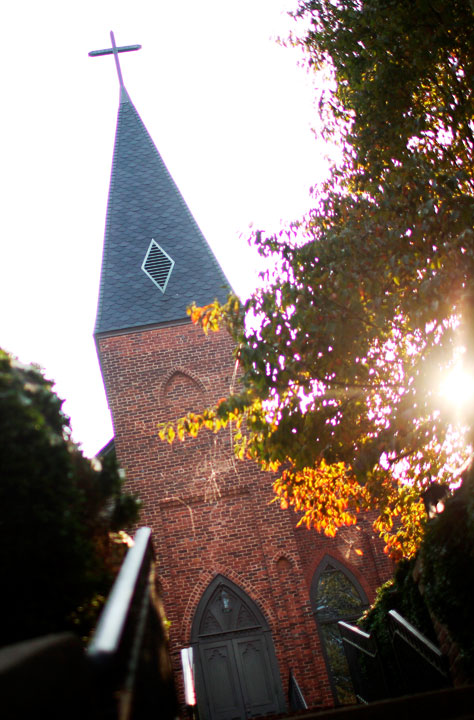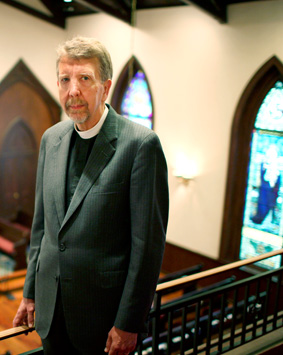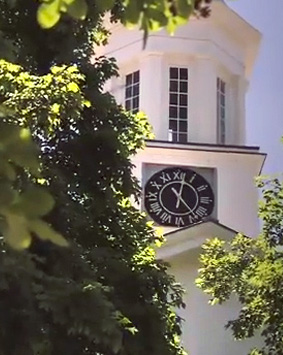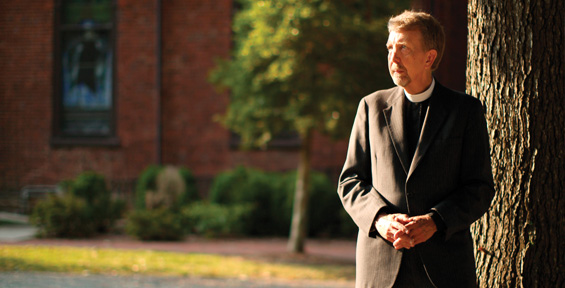
Photo credit: Travis Dove
I make my home in Hillsborough, where I serve a parish that dates to 1752, and where we worship in a building that dates to 1825. Like many churches in the South constructed before the Civil War, St. Matthew’s Episcopal Church has a balcony that used to function as a slave gallery. It was intended to draw a line in the building between white folk and black folk and to say to African-Americans, “You may come this far — but no farther.”
Segregation, spatial and spiritual, was also a contested issue in the earliest days of Christianity. In Paul’s letter to the Ephesians, for example, we read that Jew and Gentile are to be built into one holy temple, a spiritual dwelling with equal access for all. But elsewhere in the New Testament, we see evidence of disputes about preserving distinctions between the two groups.
And, of course, something similar happened with respect to race in places like Hillsborough, where there were slave galleries. Even after slavery was abolished, racial distinctions and attitudes of segregation were retained, and instead of a unified church, separate black congregations and black denominations were created, leaving us with new barriers to overcome.
But hopes for racial reconciliation were never extinguished, and a remarkable witness to the power of that vision of peace and unity took place in early 1977, when a 66-year-old black woman was invited for the first time to preach and celebrate at the altar of the old 1848 Chapel of the Cross in Chapel Hill.
This was not just any black woman. This was the granddaughter of a woman once consigned to the slave gallery in that very church. And now, here she was at the altar, having become, just a few weeks before, the very first black, female priest in the Episcopal Church.
By 1977, the Rev. Dr. Pauli Murray had already compiled an impressive list of achievements: as a civil rights attorney, as a cofounder of the National Organization for Women, as a professor at Brandeis University in Massachusetts, and as a published writer and poet. Raised in Durham, this was a homecoming for her, a chance to write a new spiritual chapter in her life. Thirty-five years later, that same chapter was celebrated anew throughout the Episcopal Church, as Pauli Murray was officially added to the calendar of the saints. In honoring Pauli Murray’s life and witness this way, the Church wasn’t saying she was more virtuous or pious than anyone else, but rather that she exemplified and illumined for us what it means to follow the light of Christ and to practice a ministry of healing divisions and overcoming barriers.
Barriers erected over centuries don’t come down easily or instantly. Pauli Murray herself said as much in the sermon she preached in Chapel Hill:
It was my destiny to be the descendant of slave owners as well as slaves, to be of mixed ancestry, to be biologically and psychologically integrated in a world where the separation of the races was upheld by the Supreme Court of the United States as the fundamental law of our Southland. My entire life’s quest has been for spiritual integration, and this quest has led me ultimately to Christ, in whom there is no East or West, no North or South, no Black or White, no Red or Yellow, no Jew or Gentile, no Islam or Buddhist, no Baptist, Methodist, Episcopalian, or Roman Catholic, no Male or Female. … There is only Christ, the Spirit of Love and reconciliation, the healer of deep psychic wounds, drawing us all closer to that goal of perfection that links us to God our Creator and to eternity.
Nowadays the balcony of St. Matthew’s is a place where teenagers like to congregate, away from the watchful eyes of their parents. Sometimes I go and sit there myself, thinking of Pauli Murray. The view from the balcony is an ever-present reminder of how far we have come — and of how far we yet must go.
